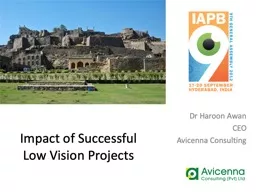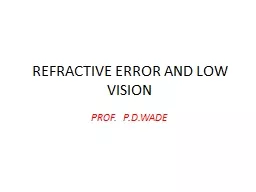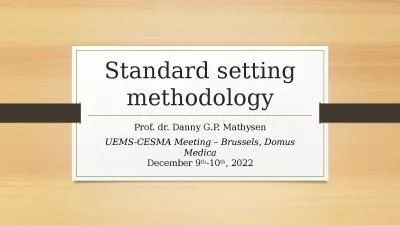PPT-LOW VISION Services, A Global Right Setting the Standards in Europe
Author : BlueberryBelle | Published Date : 2022-08-04
1 5 17 June 2018 WHO International Standards for Vision Rehabilitation Dr Filippo Amore This document is the outcome of a consultative process to elaborate international
Presentation Embed Code
Download Presentation
Download Presentation The PPT/PDF document "LOW VISION Services, A Global Right Sett..." is the property of its rightful owner. Permission is granted to download and print the materials on this website for personal, non-commercial use only, and to display it on your personal computer provided you do not modify the materials and that you retain all copyright notices contained in the materials. By downloading content from our website, you accept the terms of this agreement.
LOW VISION Services, A Global Right Setting the Standards in Europe: Transcript
Download Rules Of Document
"LOW VISION Services, A Global Right Setting the Standards in Europe"The content belongs to its owner. You may download and print it for personal use, without modification, and keep all copyright notices. By downloading, you agree to these terms.
Related Documents

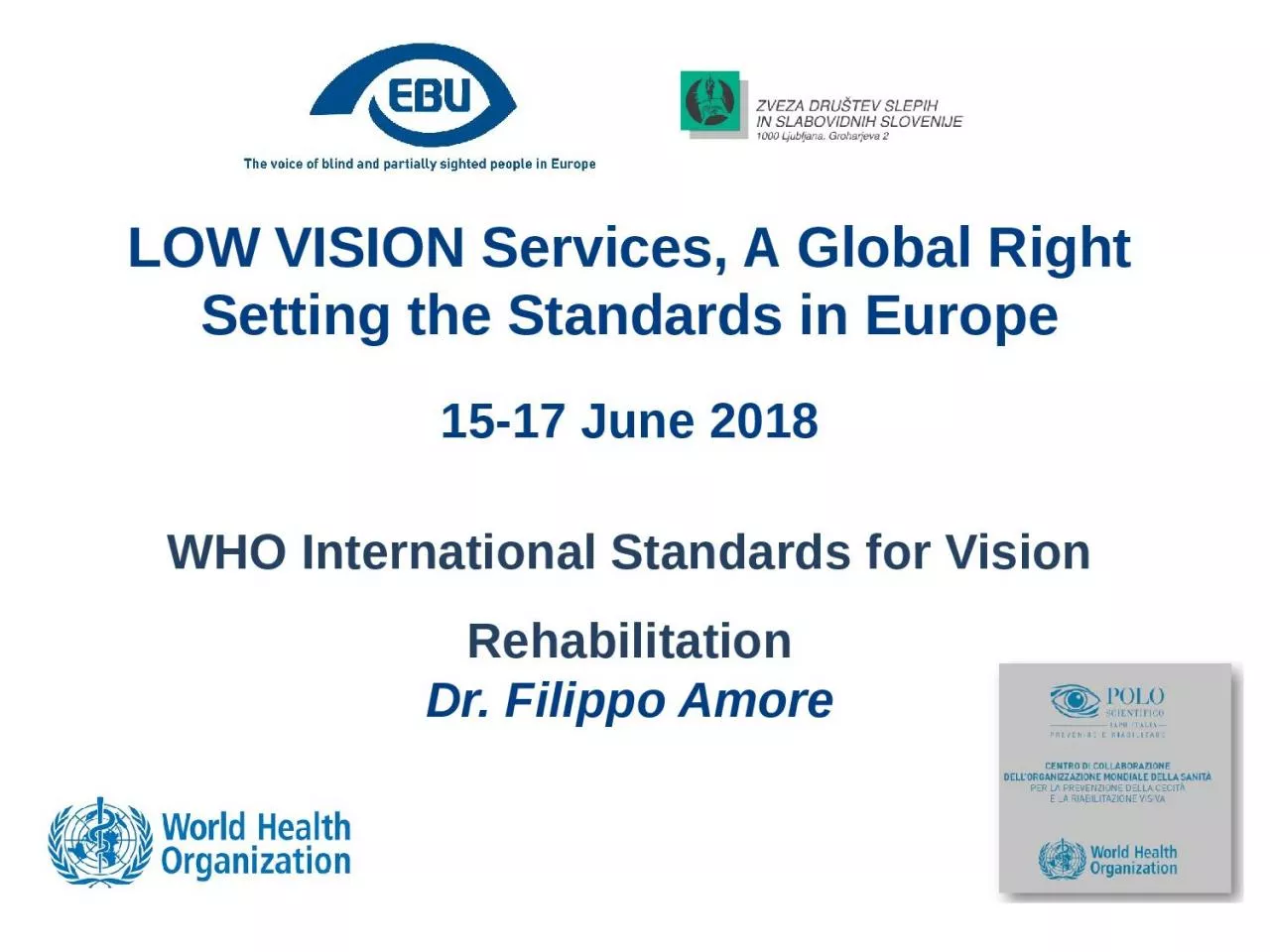
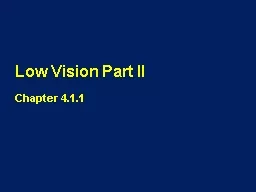
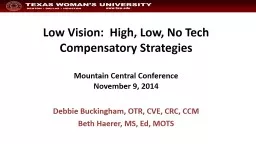
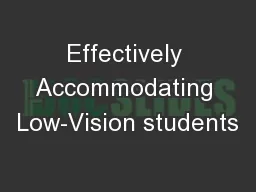
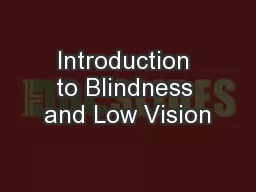
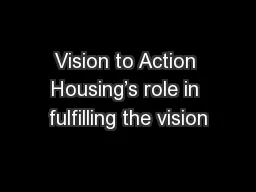
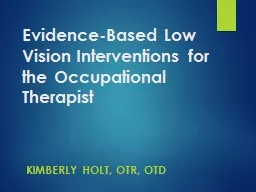
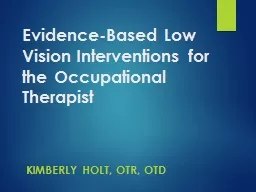

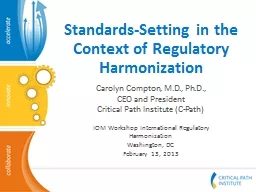
![[READ] Low Carb: Low Carb Weight Loss Secrets Box Set (Dash Diet, Slow Cooker Meals, Low](https://thumbs.docslides.com/881235/read-low-carb-low-carb-weight-loss-secrets-box-set-dash-diet-slow-cooker-meals-low-carb-cookbook-low-carb-recipes-low-car.jpg)
